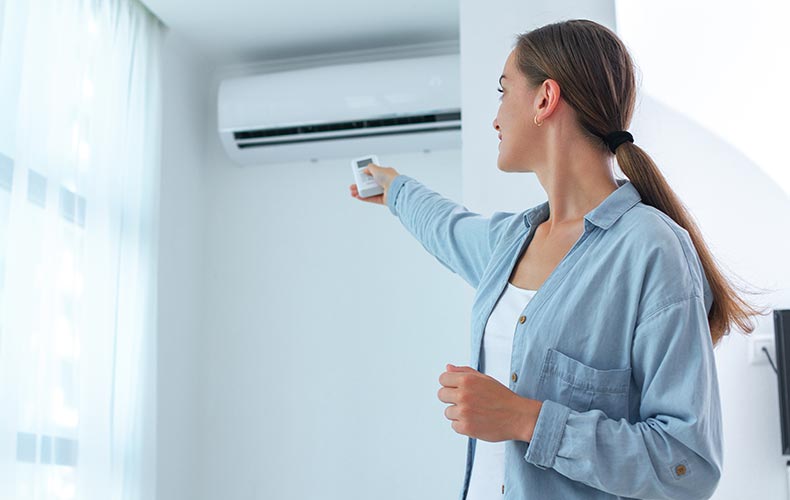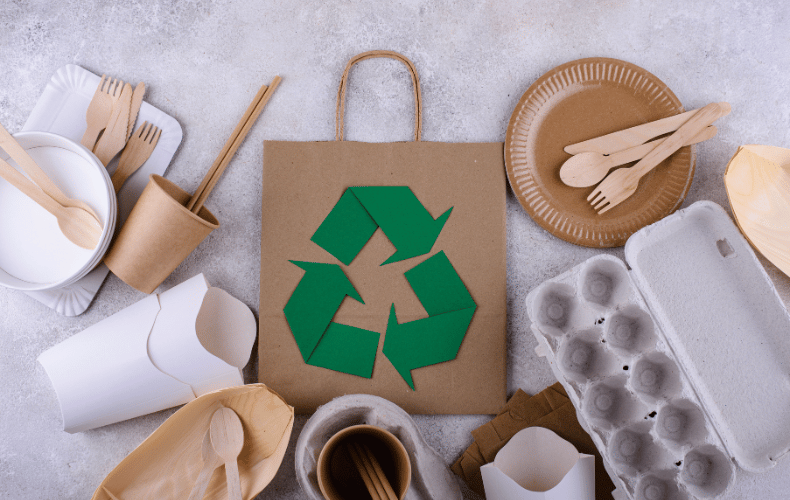- admin
- May 29, 2024
- No Comments
Transform Your Life: Tips for a Sustainable and Eco-Friendly Home
Living in a way that is good for both you and the environment is called “green living.” It’s not just a trend. Using eco-friendly and sustainable methods at home can help you live a healthier life and leave a smaller carbon footprint. You can use the tips and ideas in this guide to make the switch to green living and your home more eco-friendly.
Understanding Green Living
To live a green life, you have to make decisions that are good for the environment and will last. This means making good use of resources, cutting down on waste, and supporting products and actions that are good for the environment. You can help make the world a healthier place and make your own life better by following green living principles every day.
Importance of Sustainable Practices:
To protect natural resources, lower pollution, and lessen the effects of climate change, we need to use sustainable practices. Green living habits can help make sure that future generations will have a good life.

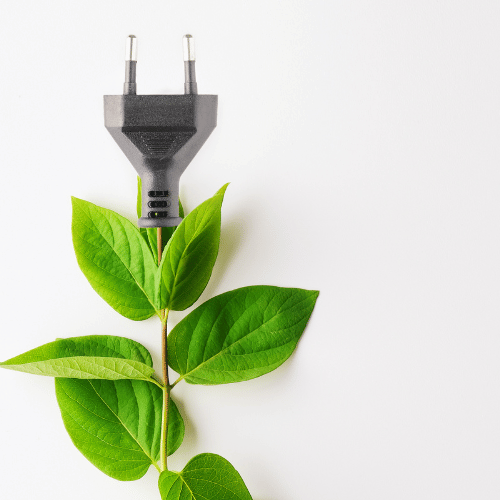
Energy Efficiency
- Using Energy-Efficient Appliances
Using appliances that use less energy is one of the easiest ways to lower the amount of energy your home uses. When you buy new appliances, look for the ENERGY STAR label. This means that the product meets the EPA’s strict energy efficiency standards. - Implementing Renewable Energy Solutions
You might want to add renewable energy sources to your home, like solar panels or wind turbines. These technologies can help you use less fossil fuels and save you money on your energy bills. - Reducing Energy Consumption
Making simple changes, like using programmable thermostats, switching to LED light bulbs, and unplugging electronics when not in use, can cut your energy use by a lot. Making sure your home is well insulated can also stop energy loss and make it more efficient.


Water Conservation
- Installing Low-Flow Fixtures
Showerheads and faucets that use less water can help cut down on water use without sacrificing performance. The goal of these fixtures is to use less water while keeping the same level of pressure and effectiveness. - Harvesting Rainwater
Collecting rainwater is a great way to save water and become less reliant on public water supplies. You can store rainwater in rain barrels so you can use it in your garden or for other non-drinking purposes. - Reducing Water Waste
To save water, fix leaks right away, take shorter showers, and only run dishwashers and washing machines when they are fully loaded. With these small changes, you can save a lot of water over time.
Waste Reduction
- Recycling and Composting
Recycling and composting can help cut down on the amount of trash that ends up in landfills by a large amount. Sort your trash into recyclables and organic waste, and think about starting a compost pile to turn your kitchen scraps and yard waste into soil that is full of nutrients. - Reducing Single-Use Plastics
Instead of single-use plastics, use reusable items like cloth bags, stainless steel water bottles, and glass containers for storing food. This saves resources and cuts down on plastic pollution. - Practicing Upcycling and Reusing
Think about how things could be used again or upcycled before you throw them away. Reusing things in creative ways can cut down on waste and bring old things back to life.
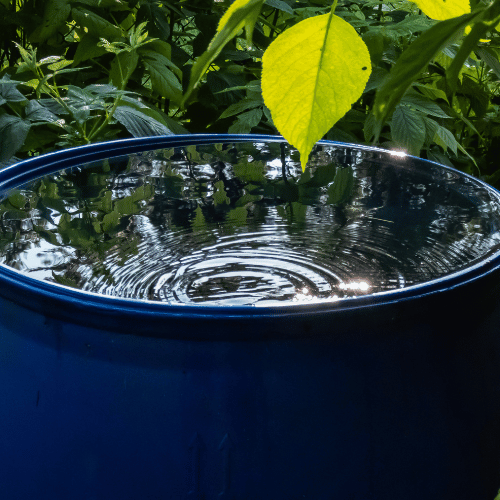
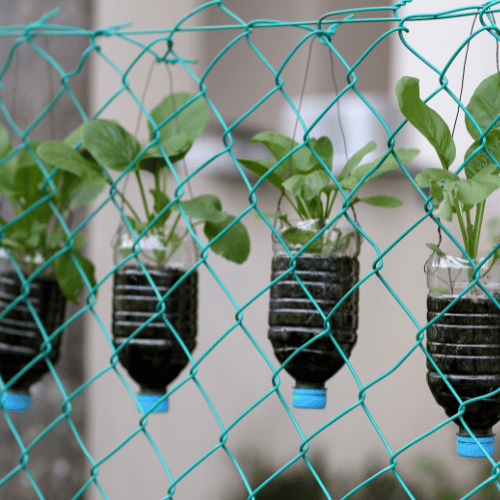
Eco-Friendly Products
- Choosing Sustainable Materials
When you’re shopping for home goods, pick ones that are made from eco-friendly materials like bamboo, recycled glass, or organic cotton. These materials are better for the environment and usually last longer. - Using Natural Cleaning Products
There are many common cleaning products that have chemicals in them that are bad for you and the environment. Use natural cleaners that are made from things like baking soda, vinegar, and essential oils. - Supporting Green Brands
Companies that care about ethics and the environment should be supported. Do some research on brands to make sure they follow eco-friendly rules and make their products with long-lasting materials.
Sustainable Gardening
- Growing Your Own Food
Plant a vegetable garden to get fresh food right at home. This cuts down on the need to buy food from stores, which often creates a lot of waste from shipping and packaging. - Using Organic Gardening Practices
If you want to garden organically, don’t use synthetic pesticides and fertilizers. To keep the soil healthy and encourage biodiversity, use compost, natural pest repellents, and crop rotation. - Creating a Compost System
Composting is a great way to reuse organic waste and make garden soil that is full of nutrients. Put together a compost pile or bin in your backyard and add food scraps, yard waste, and other organic materials to it on a regular basis.
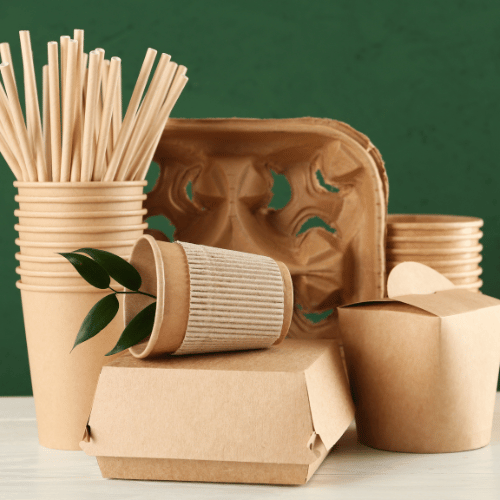
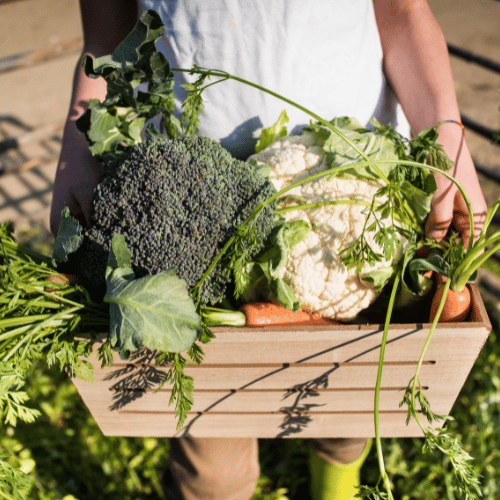
Green Transportation
- Biking and Walking
Instead of driving, bike or walk for short trips to lower your carbon footprint. On top of lowering emissions, this is good for your health and well-being. - Using Public Transport
Taking the bus or train is better for the environment than driving alone. Buses, trains, and subways can cut down on the number of cars on the road and lower pollution levels overall. - Considering Electric Vehicles
If you need a car, you might want to switch to an electric vehicle (EV). Electric vehicles (EVs) don’t release any pollution, and as charging stations grow, they become cheaper and easier to use.
Conclusion
Thinking about the choices you make can help the environment and make life last longer. This is called “green living.” You can make your home more eco-friendly and help make the world a healthier place by using these tips and ideas. Start by making small changes, and over time, add more environmentally friendly habits to your daily routine. Green living is a better way to live that is also better for the environment.




